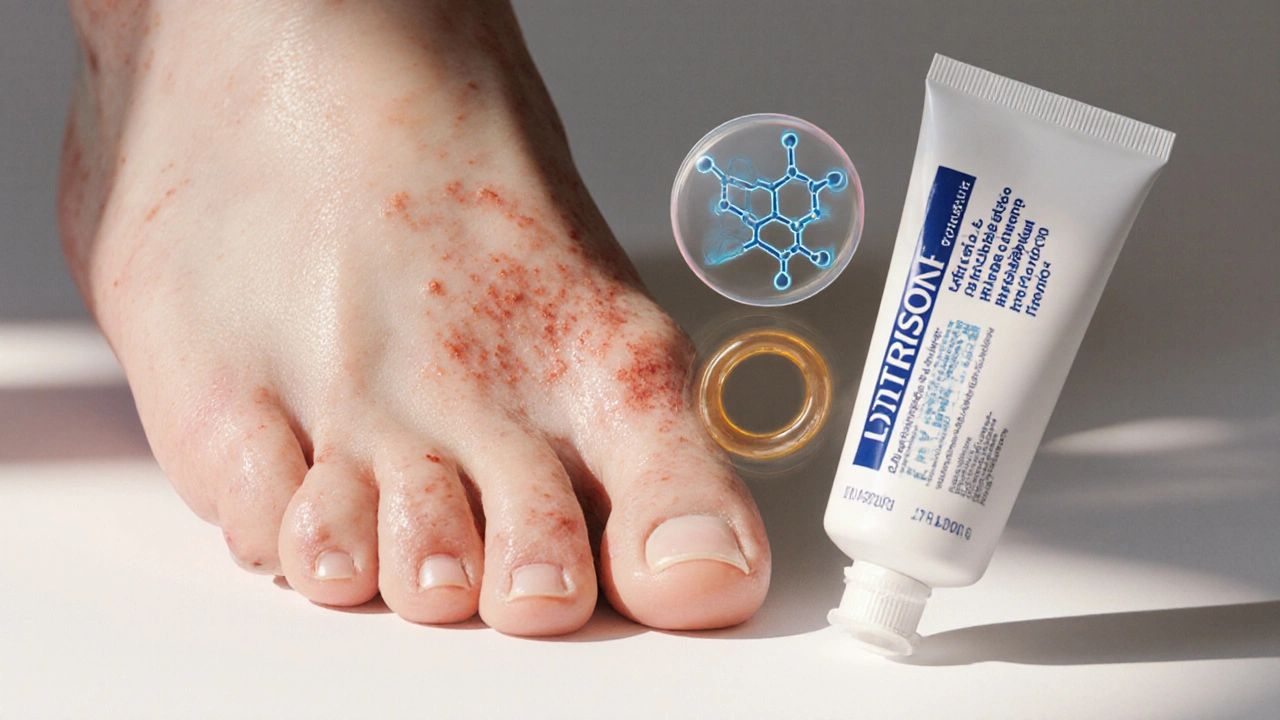Topical Steroid Alternatives: Safer Options for Skin Relief
Topical Steroid Alternatives, non‑steroidal options for treating eczema, psoriasis and other inflammatory skin conditions. Also known as non‑steroid skin therapies, they aim to calm irritation without the typical risks of corticosteroids.
When it comes to topical steroid alternatives, the first thing to understand is what they replace. Topical steroids, synthetic corticosteroids applied to the skin to reduce inflammation have been the go‑to for decades, but long‑term use can thin skin, cause stretch marks, and trigger hormonal imbalance. That’s why many dermatologists turn to Calcineurin inhibitors, prescription creams like tacrolimus and pimecrolimus that suppress immune activity without steroid‑related side effects. These agents work by blocking a key enzyme in the inflammatory pathway, delivering relief for moderate to severe cases while preserving skin integrity. Another viable category includes Moisturizers, emollient-rich formulations that restore the skin barrier and reduce flare‑ups. Though they aren’t anti‑inflammatory drugs per se, high‑quality moisturizers can cut down the need for steroids by keeping the skin hydrated and less reactive.
Beyond prescription options, many patients experiment with Natural botanicals, plant‑derived extracts such as aloe vera, colloidal oatmeal, and chamomile that soothe irritation. These ingredients act as gentle anti‑inflammatories and often serve as adjuncts to medical therapy. Choosing the right alternative depends on the severity of the condition, the area of the body, and personal tolerance for side effects. For mild eczema, a fragrance‑free moisturizer combined with a botanical serum might be enough. In more stubborn psoriasis, a calcineurin inhibitor or an FDA‑approved non‑steroidal cream can provide the needed control. Understanding these relationships—how alternatives encompass non‑steroidal creams, require assessment of skin condition severity, and influence inflammation without steroid drawbacks—helps you make an informed decision.
Below you’ll find a curated collection of articles that compare specific alternatives, explain how they work, and give practical tips for safe use. Dive in to see which option fits your skin’s needs best.

